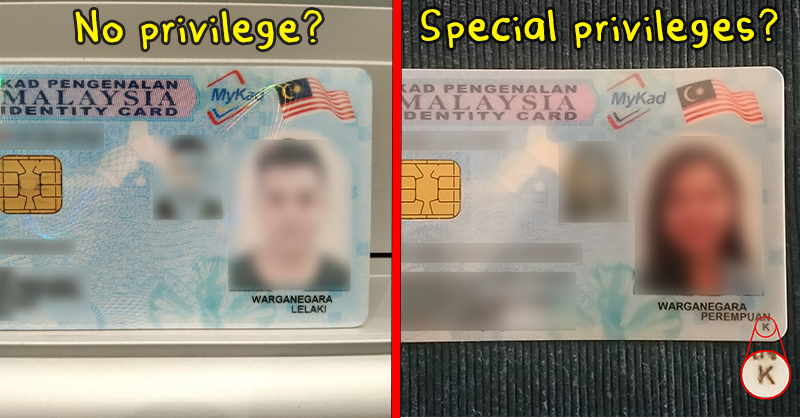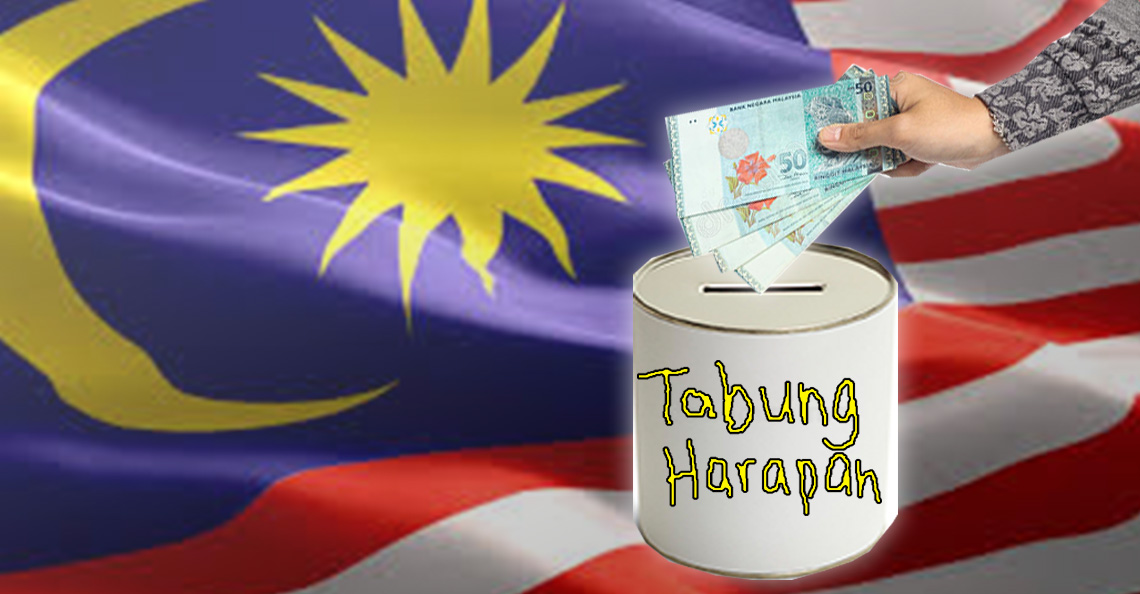The Chinese gold miner who became Sarawak’s Rajah for a day
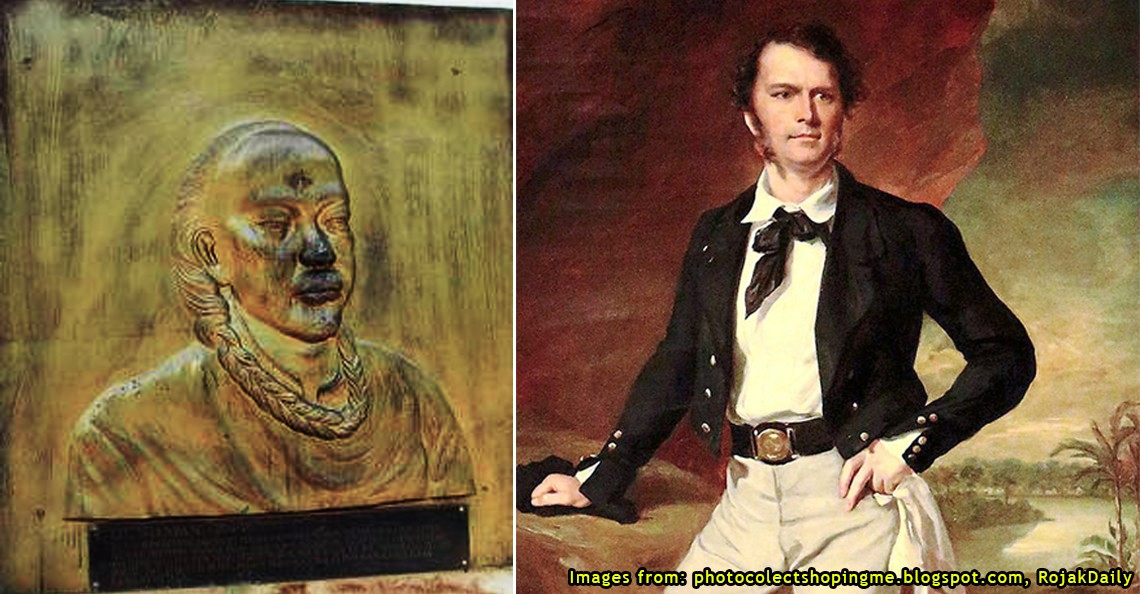
- 2.0KShares
- Facebook1.9K
- Twitter3
- LinkedIn5
- Email11
- WhatsApp73
Say what you want about the White Rajah James Brooke (the angmoh who ruled Sarawak from 1841-1868), but he was for sure good at one thing: suppressing rebellion. Throughout his 27 years in power, he faced threats from local leaders such as Sharif Masahor and Rentap, but emerged victorious each time.
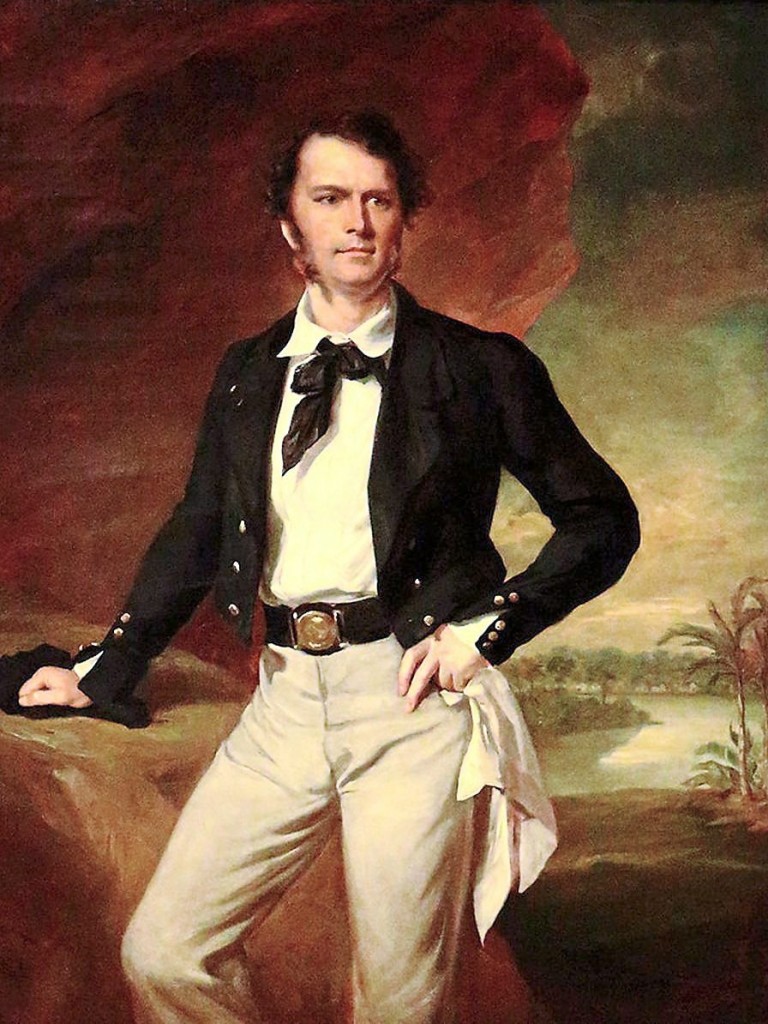
However, there was one rebellion where the rebels got a little too close for comfort, and, although they too failed, Brooke could have easily lost his not just his throne, but his head as well. Because this attack in particular was up close and personal; much more so than the others, in that it was a direct attack on Brooke’s home.
And to add insult to injury, the head of the rebellion even sat on Brooke’s throne and became Rajah for a day!
It all started in the early 19th century, with a gang of Chinese gold miners in Sambas, Dutch Borneo…
They were the ‘Twelve Kongsi’, the gang behind the Mau San gold mine
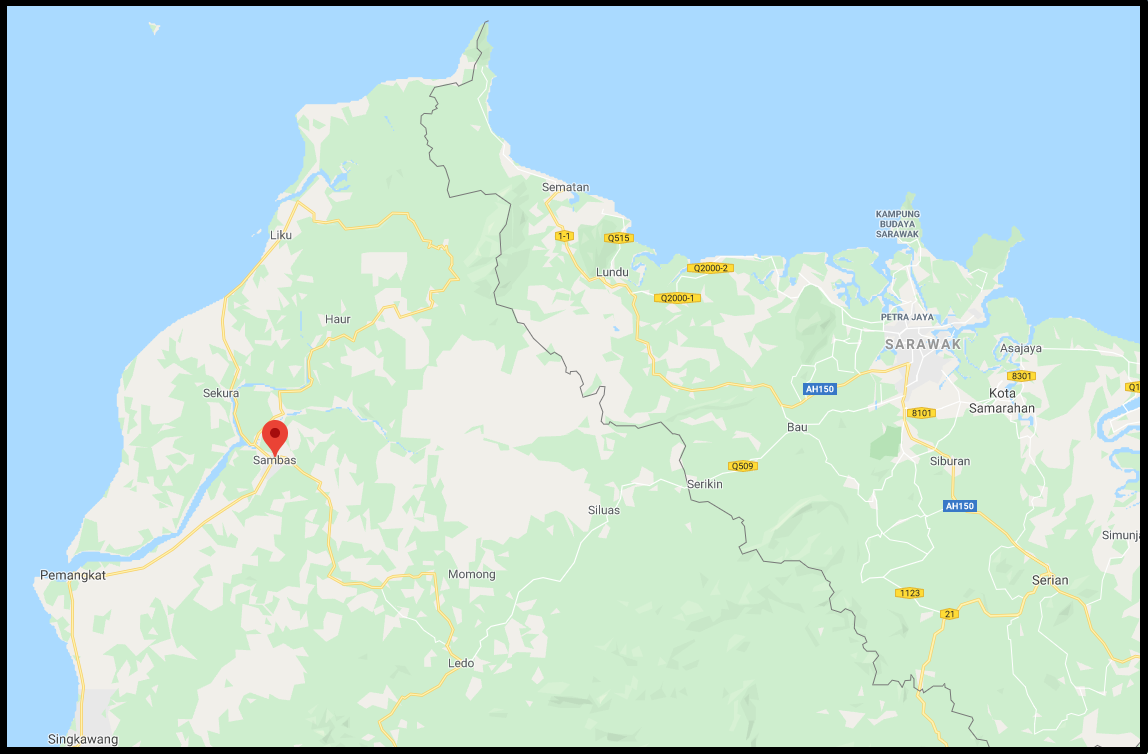
The Twelve Kongsi or Twelve Gang was founded by a Hakka Chinese by the name of Liu Shan Bang, who migrated to Sambas, Dutch Borneo (now Kalimantan) at the age of 20. Of course, Kongsis being Kongsis, they would often get into business rivalries over the gold and opium trades, two extremely valuable resources at the time. The Twelve Kongsi would later be kicked out from Dutch Borneo by a more gangsta Kongsi, and they fled to Sarawak in 1820.
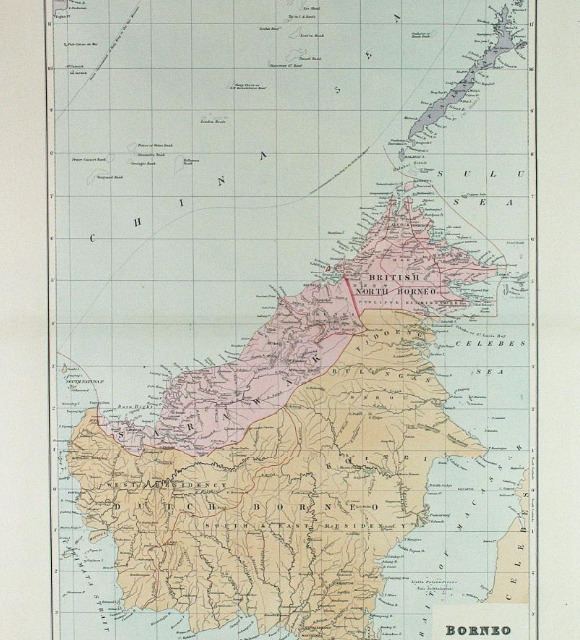
There, they settled at Pangkalan Tebang, and later literally struck gold at the foot of the Mau San mountain (today known as Bau). The abundance of gold and antimony at the site drew more and more Chinese miners from Sambas and Sanggau-Ledo, Indonesia to Mau San.
They eventually grew to a community of 4,000 Chinese, and Mau San became a self-sufficient, self-governing town with their own flag and currency. Besides that, the people of Mau San enjoyed an abundant flow of locally-brewed samsu (Chinese liquor) and opium.
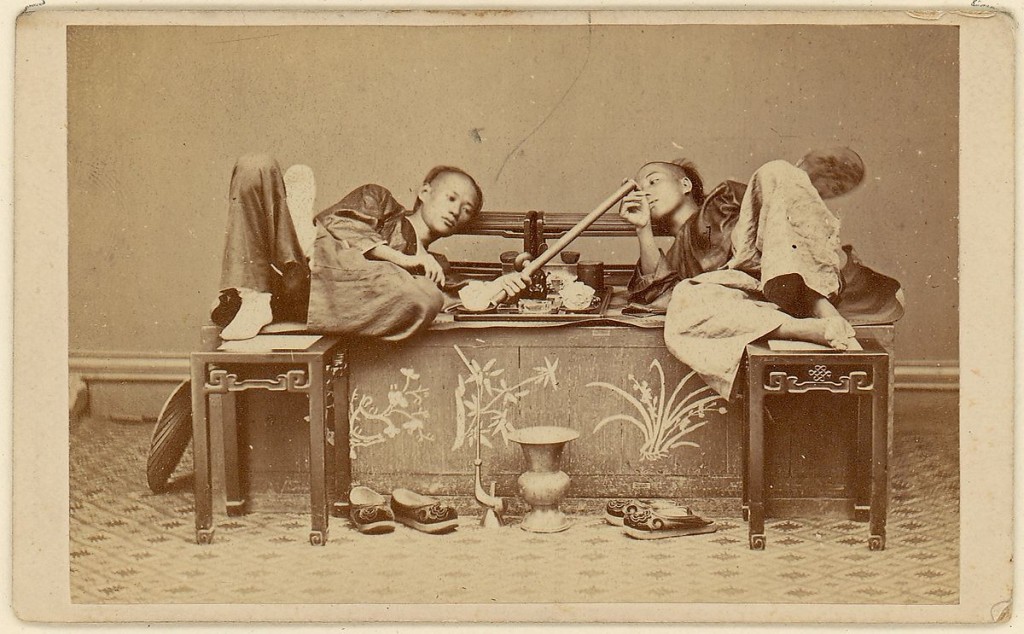
Then in 1839, an angmoh named James Brooke arrived in Sarawak
While the Twelve Kongsi were busy harvesting gold and doing drugs, a significant figure would soon arrive in Sarawak who would later disturb their ‘peace’. Like a scene from a Pirates of the Caribbean movie, failed trader and ex-East India Company soldier James Brooke sailed into Kuching in 1838 on his ship the Royalist in search of fortune and adventure.
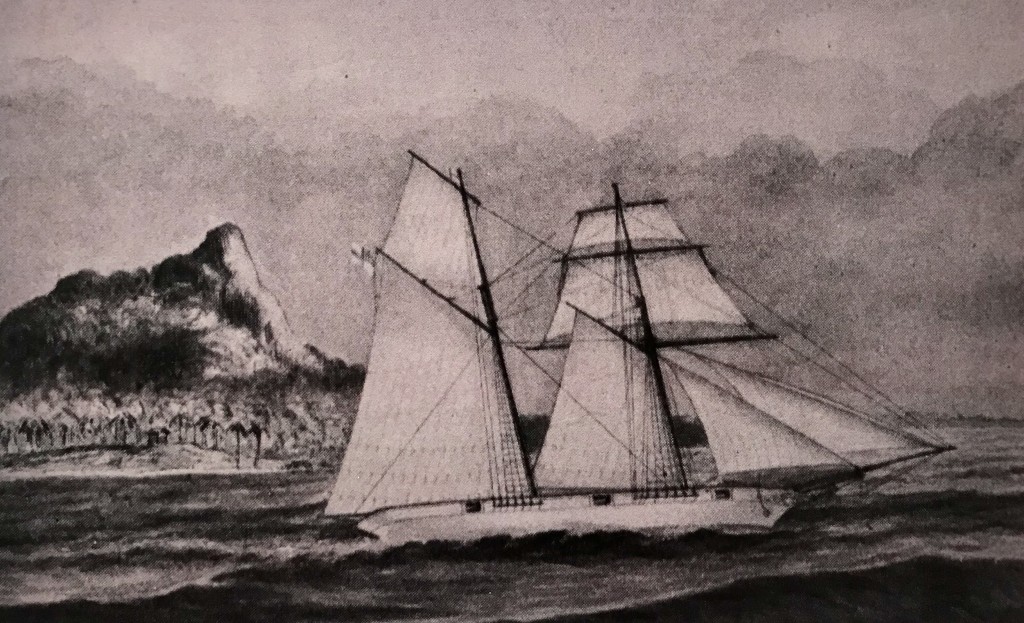
He had come at the right time; Sarawak – at the time were ruled by the Brunei Sultanate – was between a rock and a hard place. On one hand, they had a civil war against local rebels to deal with, and on the other they also had pirates. In desperation, the sole heir to the throne of Brunei, Raja Muda Hashim promised Brooke the state of Sarawak as well as the title of White Rajah (basically a fancy name for ‘Governor of Sarawak’) in return for helping him deal with the insurgencies from multiple fronts.
Brooke called in the help of Her Majesty’s Royal Navy, who were pirate fighting specialists. With superior firepower on their side, they pummeled the rebels and the pirates into submission. And as promised, the Sultan gave Brooke rule over Sarawak in 1841, and even threw in Labuan as the cherry on the cake.
Brooke was now White Rajah, Governor of Sarawak.
Brooke’s rule over Sarawak annoyed the Mau San miners
Despite initially having a non-intervention agreement with the Twelve Kongsi and the people of Mau San, Brooke later u-turned on this and began imposing a “head tax” on the miners, as well as banning the export and trade of gold and antimony. But worst of all, he prohibited the trade of their beloved opium and samsu.

Angered by Brooke’s oppressive policies, on February 18th 1857, the Twelve Kongsi godfather Liu Shan Bang gathered 600 angry miners armed with “Kwangtau” (Chinese swords), and sailed into Kuching with one goal: to assassinate the White Rajah.
Upon their arrival, Liu’s men would:
The town was in ruins by the time they were done. And during all of this….
Brooke was asleep at his residence, and somehow escaped
By sheer luck, the mob’s ruckus woke Brooke, and before they could get to him, he had run out of his house, dived into the Kuching River, dived deeper to bypass the Chinese boats docked there, and emerged from the other side. All of this was done in the dark, while nursing an illness.
“The Rajah had swam across the creek, where he lay exhausted on the mud bank until sufficiently recovered to reach the house of a Malay official.” – Baring Gould and Bamyfylde
What’s more is that his escape was unknown to the rebels; after burning Brooke’s house to the ground, the miners mistook a 17 year-old angmoh boy as Brooke, cut his head off and paraded it on a pole around town, French Revolution-style. Yikes.
Liu and his boys had taken over Kuching and to seal the deal, Liu plopped himself on the throne of the White Rajah himself, cos, well, he gangsta like that. The Twelve Kongsi were now effectively the ruling government of Sarawak, with the Chinese Rajah Liu as its supreme leader.
However, Liu chickened out of being Chinese Rajah only a day later after discovering that Brooke was still very much alive, and the Twelve Kongsi’s rule of Kuching only lasted a total of three days before they were thrashed and chased out of town by the locals who were loyal to Brooke. Not so gangsta after all, it seems.

And as for Brooke…
Furious at the destruction of his beloved home and library, Brooke was out for revenge
Of all the contents of his now-burnt down home, Brooke treasured his book collection the most, and was said to have been heartbroken by its destruction. In retaliation, Brooke enlisted the help of his Malay supporters, while his nephew Charles sailed from Lingga with a force of Iban soldiers, whose headhunting ban was lifted specially for this event. James must’ve really been pissed about his books.

And they didn’t wait long to strike either. Liu’s men were attacked by Brooke’s Malay squad on their way back to base from Kuching. The Twelve Kongsi managed to regroup at Siniawan, but even then it was a brutal slaughter; Liu’s troops were heavily outnumbered.
Despite Liu’s reputation as a six-foot-tall martial artist who allegedly was able to take on three enemies at once, he was shot dead on February 24th.
The massacres that followed gave the town of Bau its name
The town was said to have reeked for weeks of the stench of death after Brooke’s men were done with their dirty work. And they apparently didn’t just stop at armed combatants; they went on to target innocents, women, and children as well. Many who tried to flee were hunted down and slaughtered, and those who tried to hide in the caves were smoked out:
“When the Iban warriors discovered that some of the Chinese had taken refuge, they stacked wood at the narrow entrance of the cave to smoke out its occupants… Sadly, the women, some men guarding the group did not come out for fear they would be beheaded by the Brooke’s soldiers and all died from asphyxia.” – Joseph Aloysius Kuek, Sarakian educationist and historian
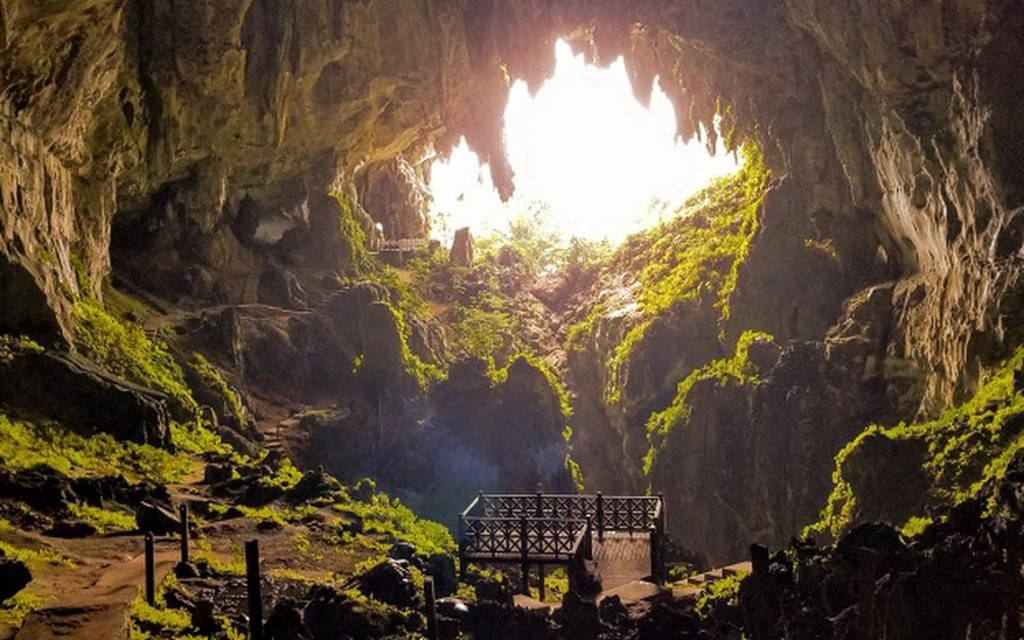
All in all, it is claimed by some that 3,500 Bau Chinese were either killed or driven out of Sarawak as a result of this conflict. Despite that, Liu Shan Bang remains a revered figure among the Chinese community of Siniawan; the Shan Teck temple was erected in his honour at Jugan. He has even been elevated to the status of deity, by the name of “Shin”, to whom Chinese worshipers still pay tribute every year during the Ching Ming Festival.
It may be hard to imagine just how exactly Liu and his men thought they could totally overthrow Brooke and co, but if they had, things might be very different in Sarawak or even Borneo today. There was even talk of a possible Twelve Kongsi Republic being formed. But we guess we’ll never know for sure.
If you enjoyed this story and want more, please subscribe to our HARI INI DALAM SEJARAH Facebook group ?
- 2.0KShares
- Facebook1.9K
- Twitter3
- LinkedIn5
- Email11
- WhatsApp73

